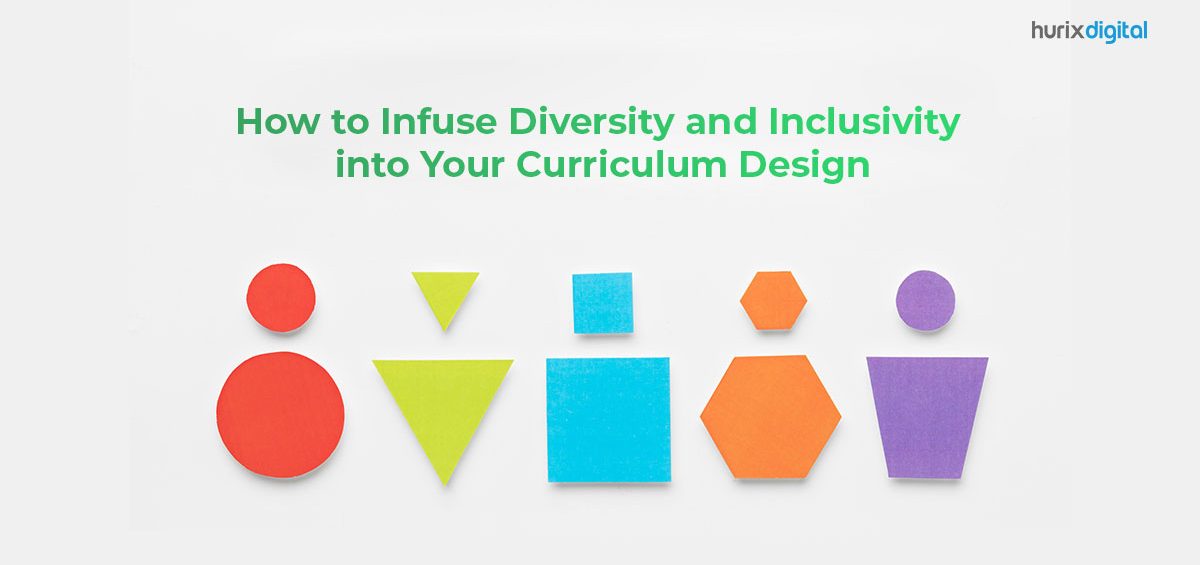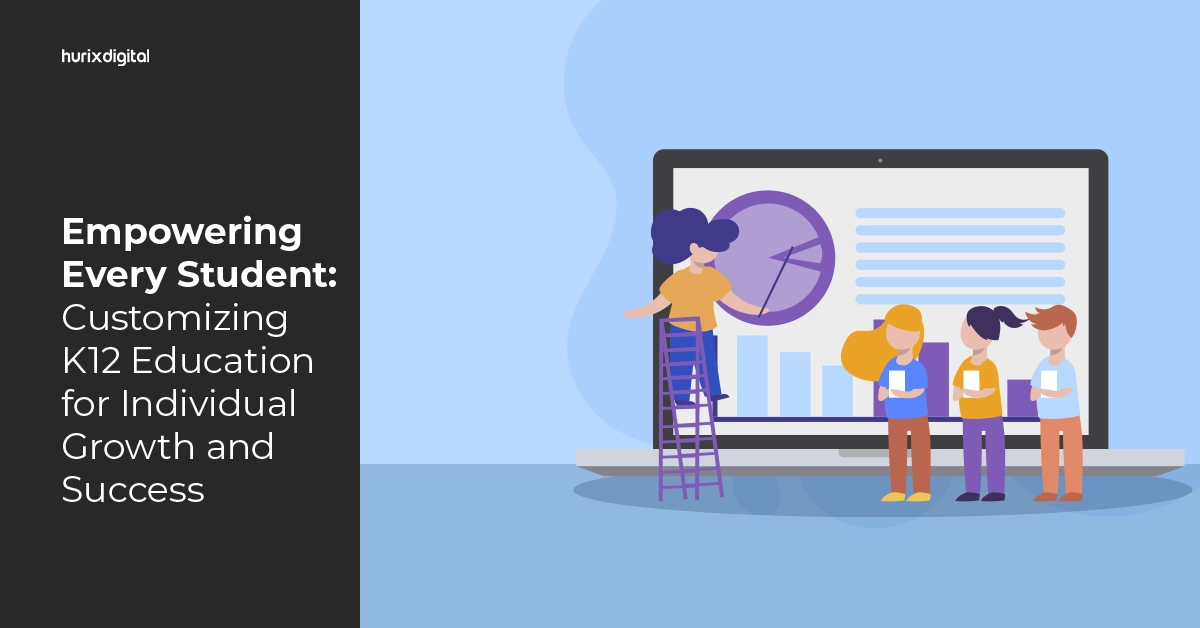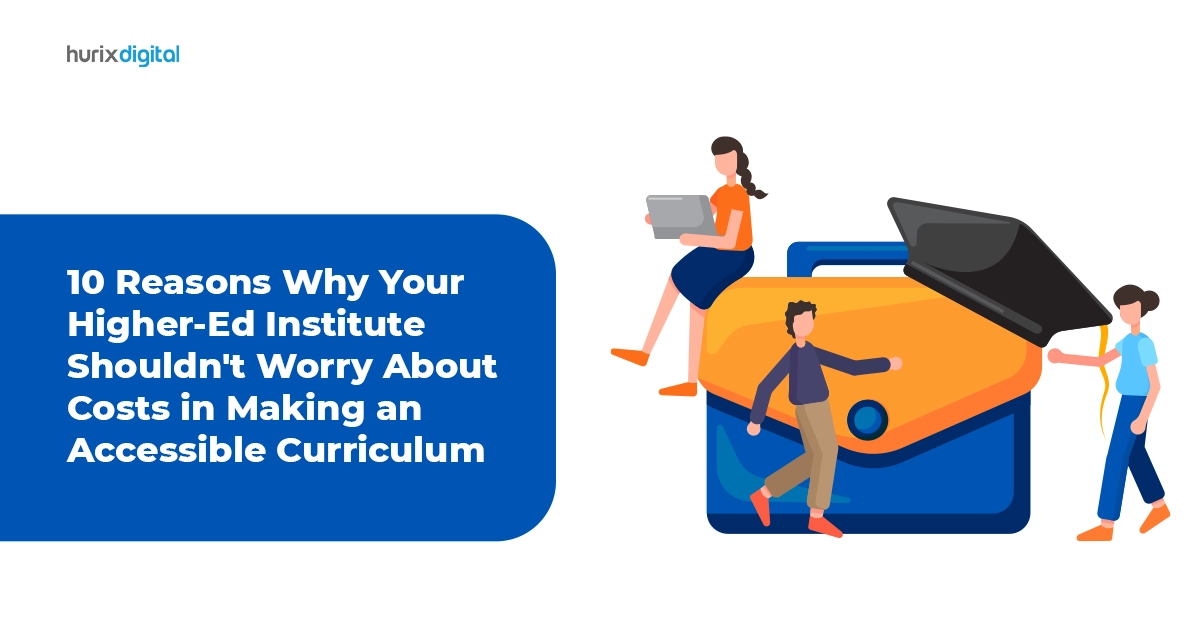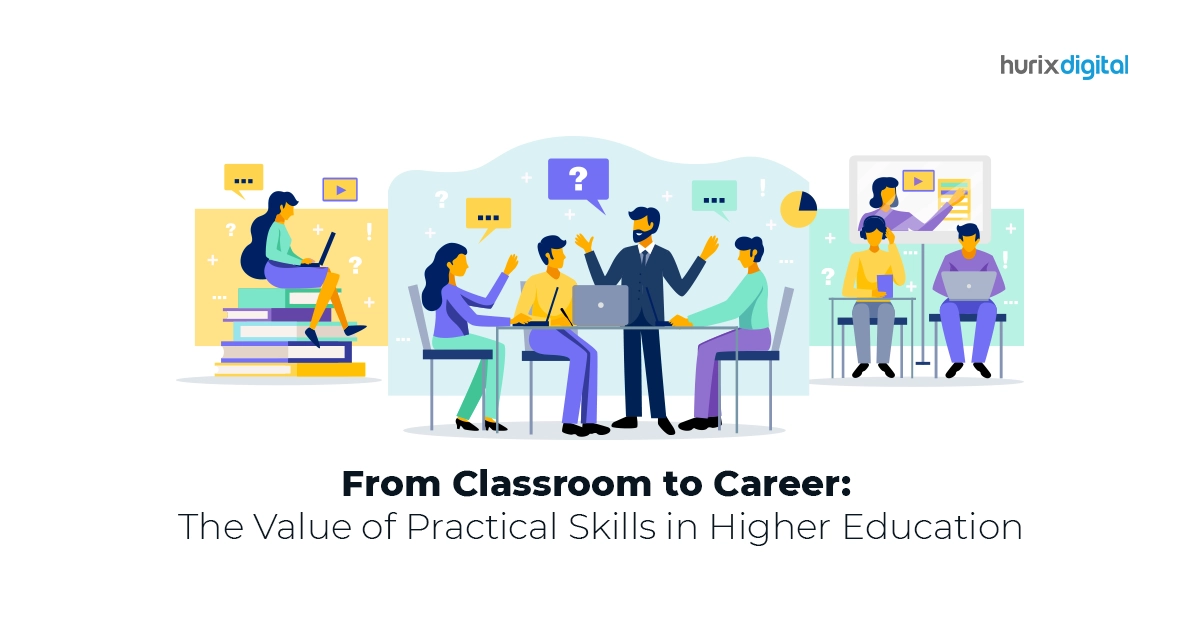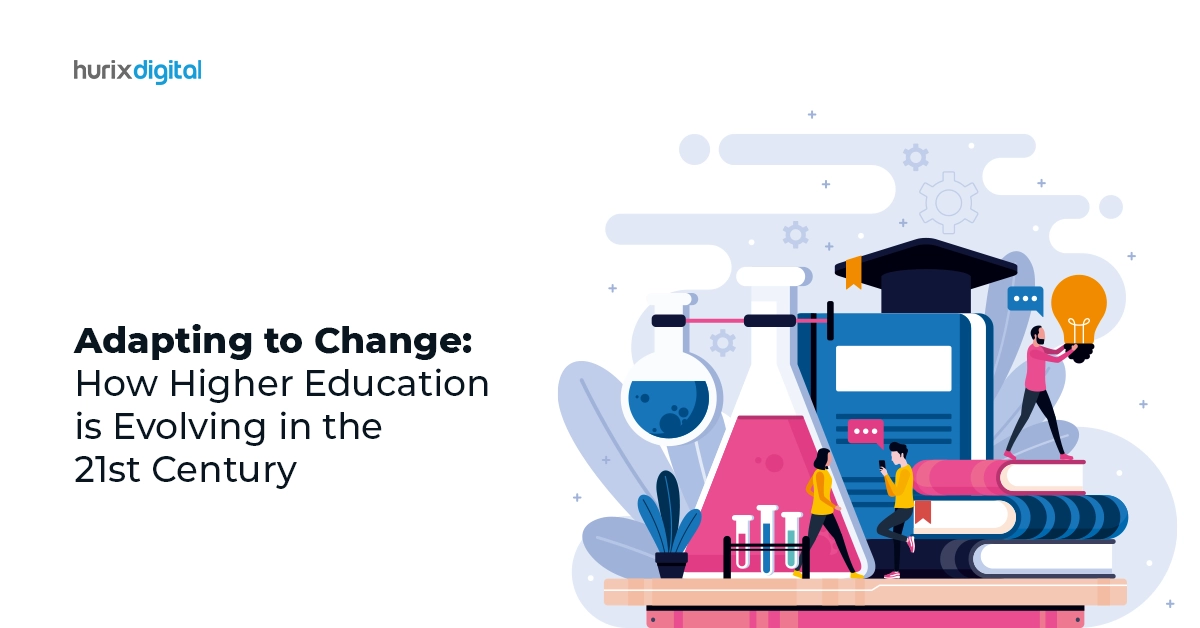As an educator, you have the critical responsibility of ensuring every student feels valued, heard, and seen in the classroom. However, achieving this requires more than just including diverse topics in your lesson plan.
To foster diversity and inclusion in schools, educators must focus on curriculum development that caters to a broad range of learning needs and cultural backgrounds.
In this guide, we explore practical ways educators can infuse diversity and inclusion in education and create a safe and welcoming learning environment for all students.
Table of Contents:
- What is Diversity, Equity, and Inclusion (DEI) in education?
- Why is DEI in Education important?
- Ways to Infuse Diversity and Inclusivity into Your Curriculum Design
- Final Words
What is Diversity, Equity, and Inclusion (DEI) in Education?
Diversity, Equity, and Inclusion, or DEI in education, refer to the policies and practices that help create learning environments that embrace the differences among students from diverse backgrounds.
Diversity encompasses students of various races, ethnicity, genders, abilities, background, cultures, and sexual orientations.
Equity refers to the fair distribution of resources and opportunities to help students reach their full potential. By prioritizing equity, educators can help close the achievement gap and promote equal access to educational resources for all students, regardless of their diverse backgrounds.
Inclusion refers to the extent to which students feel a sense of belonging in the classroom. Inclusive teaching practices recognize that every student has unique needs and learning styles and seek to meet these needs in the school.
Why is DEI in Education important?
The impact of DEI in K-12 and higher education is tremendous, whether in improving learning outcomes or shaping the development of students and empathetic human beings.
Over the years, various schools and universities have conducted studies on the values of DEI in school and found the following results:
- Learning with people from diverse backgrounds and cultures in the classroom leads to a better understanding of the subject matter.
- Diverse classrooms foster critical thinking and problem-solving skills, especially when applied to real-world problems.
- Exposure to diverse cultures helps develop tolerance and a greater sense of security in environments where foreign cultures are present.
- Diverse classrooms promote intercultural sensitivity and allow students to learn about other languages and cultures.
- Creating awareness and personal connections with diverse cultures in the school can prevent the development of prejudices later in life and foster empathy with others.
- Diversity and inclusion in higher education better prepare students for the global workforce, where they must work with people from different cultures and social groups.
Ways to Infuse Diversity and Inclusivity into Your Curriculum Design
Here are some ways to promote DEI in your curriculum design:
Start With Self-Reflection
Before teaching diversity and inclusion to students, take a step back and reflect on your own biases and assumptions. Everyone has biases, and acknowledging and understanding them is the first step in creating an inclusive learning environment.
Incorporate Diverse Perspectives Into Course Materials
One of the best ways to promote diversity and inclusivity in schools is to incorporate diverse perspectives into course materials. This can be done by adding opinions and philosophies of various authors, artists, and experts from diverse backgrounds to the reading material.
However, it must be ensured that these materials are not just a token representation of diversity. They should be authentically integrated throughout the course, not as an isolated incidence.
Foster Inclusive Classroom Culture
Besides integrating DEI into the course, it’s also important to provide a safe space for students to discuss issues related to diversity and inclusion. Encourage students to share their experiences and perspectives in the classroom. Make sure that they feel safe and respected when discussing sensitive topics.
Additionally, create opportunities for students to interact and learn from each other through physical or virtual collaborations. It helps promote a sense of community and belonging.
Address Bias Timely
To ensure that all students are respected, educators must set clear expectations for behavior and address any instances of bias or discrimination promptly and appropriately.
Addressing bias does not mean shaming the other but instead generating awareness about biases in our minds. Once people recognize their biases, they can take steps to eliminate such harmful thinking.
Use Inclusive Language And Imagery
Another important aspect of inclusive curriculum development is using non-discriminatory language. Educators must make sure to avoid gendered language and use gender-neutral pronouns instead.
Similarly, stereotypes and derogatory terms must be removed from the K12 curriculum. It’s also vital that images and other visuals used in course materials reflect diversity in the community and do not perpetuate harmful stereotypes.
Leverage Technology For Accessibility
E-learning in higher education has become a common phenomenon in today’s digital era. Modern digital curriculum providers offer newer technologies and accessible solutions that make course content accessible for all groups.
They provide features such as closed captioning and transcripts for videos and audio recordings, multiple formats, and compatibility with screen readers, enabling access to students with visual or auditory impairments.
They also provide multiple–language translations for course materials to help non-native speakers better understand and engage with the content. Educators can leverage them to promote DEI in higher education.
Provide Cultural Competency Training For Instructors
Providing cultural competency training for instructors is another crucial step for ensuring diversity and inclusion in schools. The areas of training should include:
- How to create inclusive course material?
- How to facilitate respectful discussions about sensitive topics?
- How to address instances of bias or discrimination in a live or virtual setting?
Such training can help ensure educators are equipped to create an inclusive learning environment and appropriately address instances of bias or discrimination.
Use Feedback To Improve Inclusivity
Finally, do not forget to take feedback from students on course materials and group discussions. You can use the feedback to make improvements and adjustments and create a truly diverse and inclusive learning environment.
Final Words
Undoubtedly, incorporating DEI in education is essential for creating an inclusive and supportive learning environment. Educators must focus on curriculum development tailored to the varied learning needs of students from diverse backgrounds.
As an e-learning platform and digital curriculum provider, Hurix Digital provides various tools and resources, such as Universal Design, closed captioning, translation & localization, etc., to help educators infuse DEI into their curriculum.
Reach out to Hurix today and make your classroom a safe and inclusive space for all students.
Also Read – 7 Steps Of Curriculum Design: How To Design Your Curriculum


